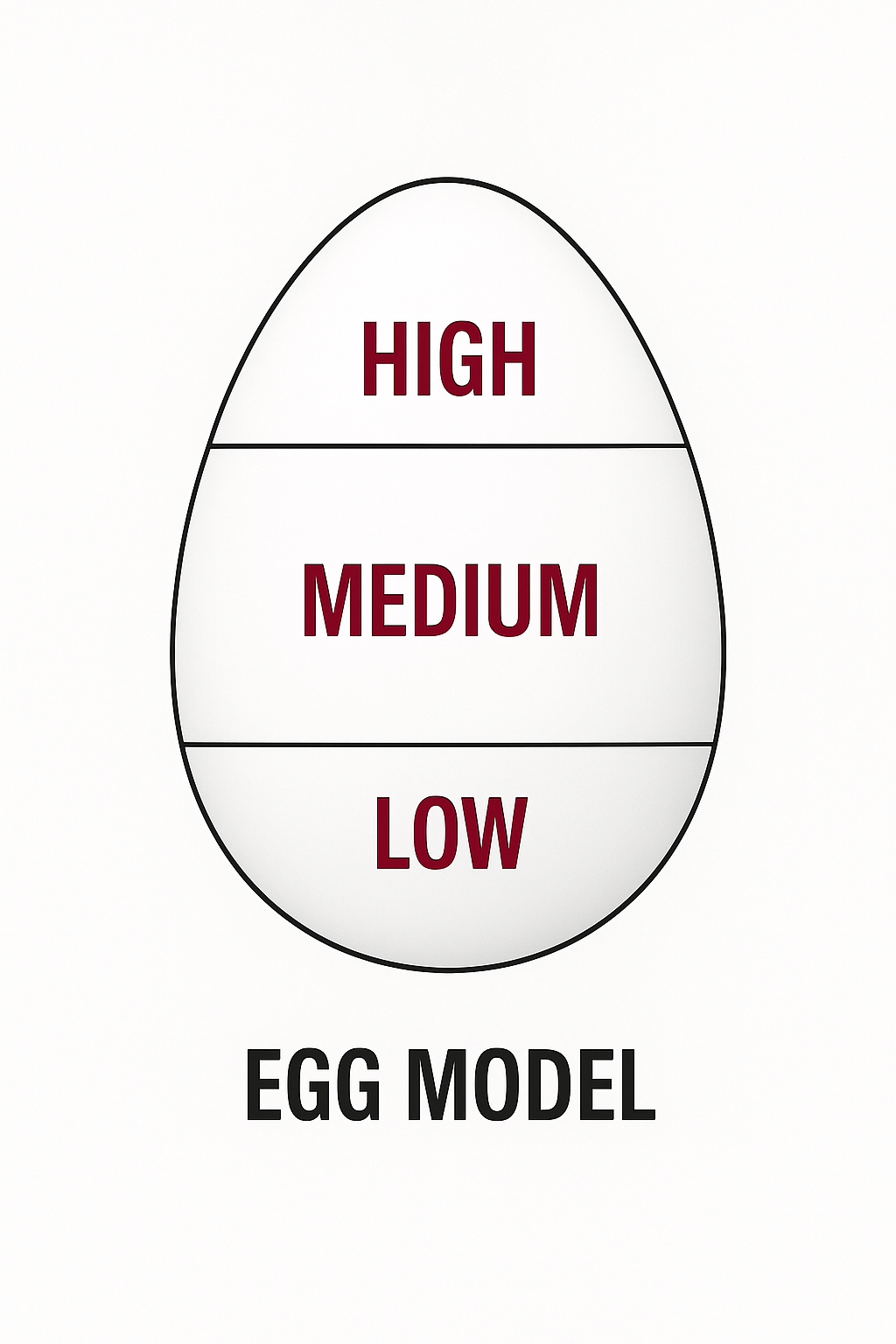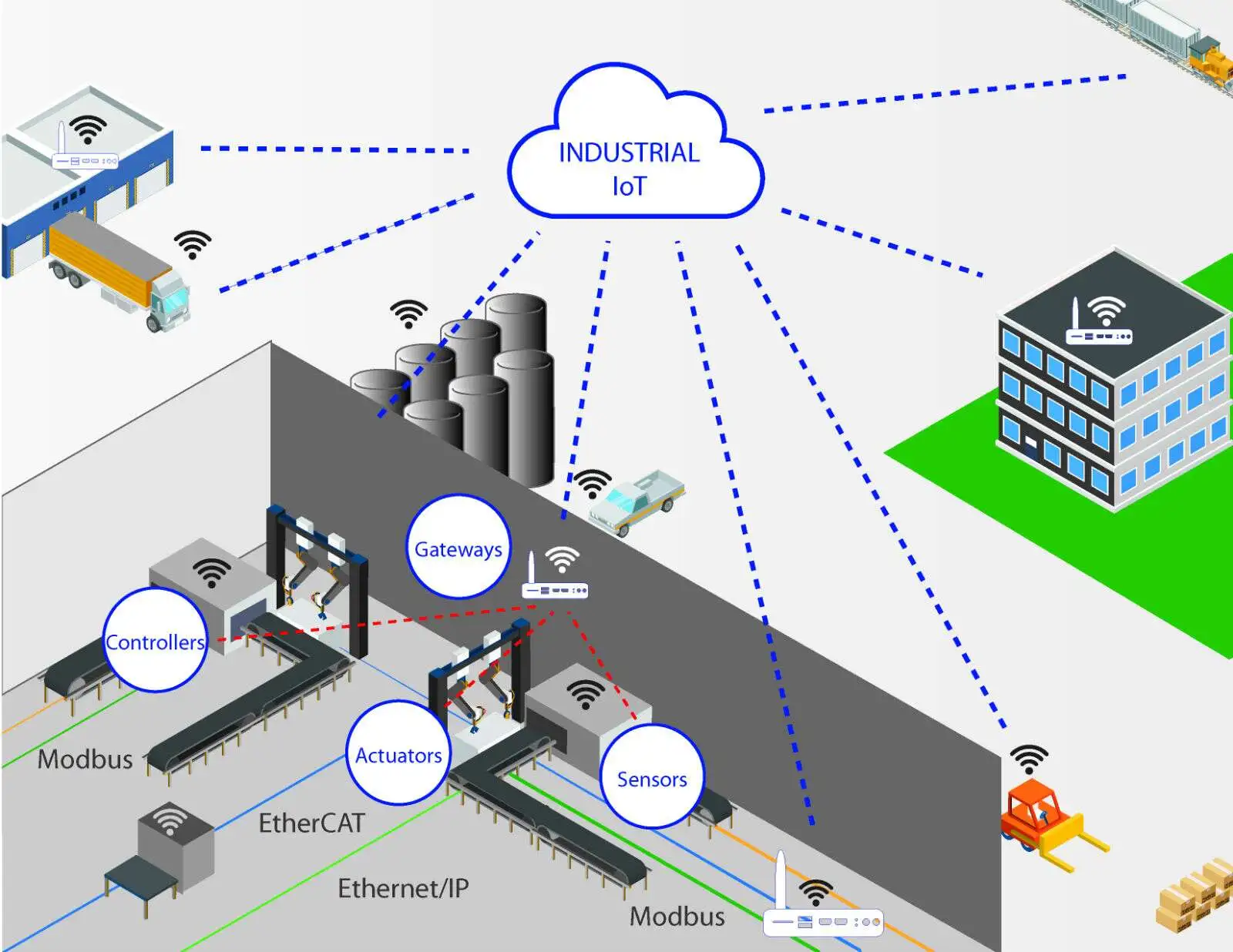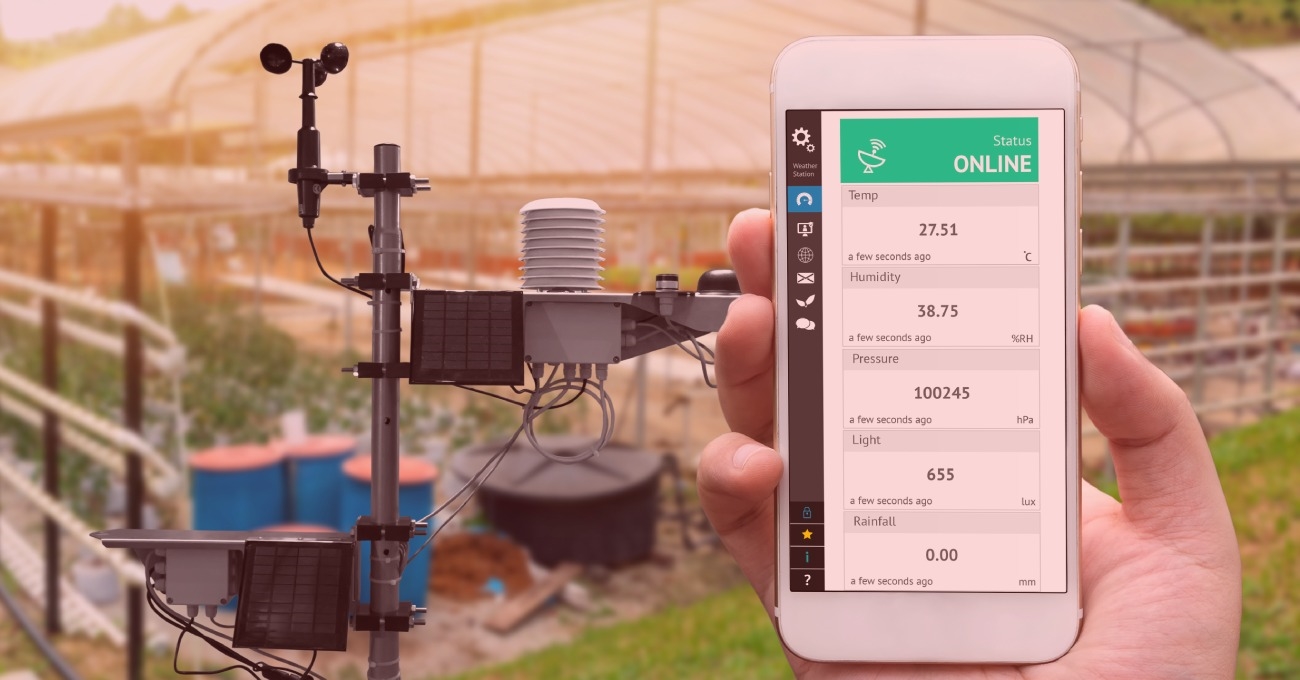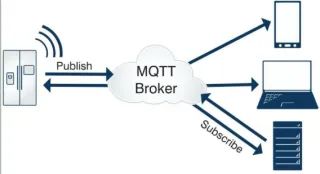Background: NB-IoT and the "pyramid" model
Industry veterans will recall the rise of NB-IoT, which was once seen as a cornerstone for connecting massive numbers of devices. A widely circulated "pyramid" model illustrated the idea that the largest share of IoT devices would be low-value endpoints, and that connecting these would require low-cost, low-power technologies. NB-IoT matched that profile.
After many years of development, NB-IoT has largely been applied to specific scenarios such as utility metering rather than achieving the broad adoption once expected.
Shift to Cat.1 and the "egg" model
As Cat.1 matured and the 2G networks were phased out, Cat.1 adoption accelerated and it became the largest technology type among cellular IoT solutions.
Because Cat.1 represents a lower-speed class, the market narrative shifted toward an "egg" model.

Does that mean the "pyramid" model is invalid?
Not exactly: the role of passive IoT
Not necessarily. The low-cost, low-data-rate segment still needs a solution, and the answer increasingly points to passive IoT.
Why passive IoT? A process of elimination helps explain it.
The main cellular communication technologies in the market today include NB-IoT, Cat.1, Cat.4, 5G, and Redcap. From a cost perspective, NB-IoT modules are among the cheapest, with module costs currently a little over 10 RMB. Because NB-IoT is an active technology, devices require battery power; in some scenarios, battery cost can exceed module cost.
Consider how many everyday items can absorb an added connectivity cost of several dozen RMB. The answer is limited. Even in B2B scenarios this is a useful way to think about adoption thresholds.
Even the cheapest active option, NB-IoT, cannot be made universally available; it is suitable only for some scenarios.
Many common consumer items and industrial materials and products require management but cannot bear high connectivity costs. In that context, cellular passive IoT becomes the era-appropriate solution.
This is not purely speculative. Recent information indicates that cellular communications are evolving in this direction.
Standards and ecosystem implications
3GPP is advancing Release 19 and positions support for "hundreds of billions" of connected devices as a core 5G-Advanced objective. Realizing that scale requires promoting low-cost cellular passive IoT.
Rel-19 is expected to freeze standards in the second half of 2025. Once finalized, passive IoT will be incorporated into cellular networks, which could create significant market potential and will also benefit UHF RFID technology.
Although cellular passive IoT is a cellular technology, it will largely reuse the existing UHF RFID passive IoT supply chain, including tag manufacturing, solution design and implementation, and readers, which will complement operators' networks.
UHF RFID tag consumption: revised forecasts
We previously published the 2022 China RFID Passive IoT Market Research Report, which estimated global UHF RFID tag consumption at 30 billion units for 2022 and projected 35 billion for 2023.
However, our latest survey data shows that global UHF RFID tag shipments reached 35 billion units in 2022, and 2023 is expected to add several billion more.
Although global consumer demand headwinds in early 2023 affected tag usage, large new projects and incremental markets in the Chinese market support a positive outlook for the full year.
The U.S. carrier UPS has already implemented item-level RFID tagging in North American parcel logistics, and the Chinese market has even greater potential. If fast domestic parcels in China all used RFID tags, annual tag consumption could reach the hundreds-of-billions level.
 ALLPCB
ALLPCB







